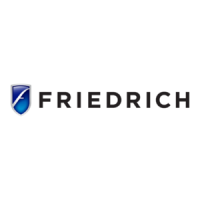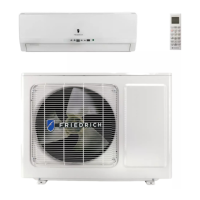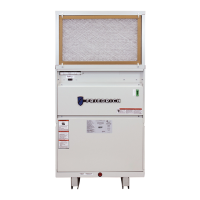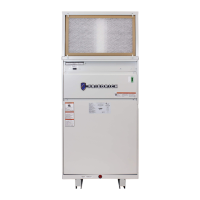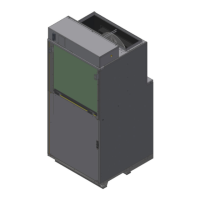117 PB
R-410A REFRIGERANT SYSTEM REPAIR
Method of Triple Evacuation
BURN HAZARD
Proper safety procedures must be followed,
and proper protective clothing must be worn
when working with a torch.
Failure to follow these procedures could
result in moderate or serious injury.
WARNING
FREEZE HAZARD
Proper safety procedures must be followed,
and proper protective clothing must be worn
when working with liquid refrigerant.
Failure to follow these procedures could
result in minor to moderate injury.
CAUTION
Friedrich requires that all installations and repairs are Leak Checked and Evacuated
in accordance to the “triple evacuation” process. This process promotes a dry tight
refrigeration system before opening the service valves. It recommended that a single
port refrigeration manifold and hoses rated over 31.5 psi be used. Refrigeration hose
valves, along with a vacuum pump and micron gauge, must be used to ensure the
system can be vacuumed and held under 500 microns. Check all equipment and hoses
for proper usage and leaks before beginning.
This installation requires the installation of a liquid line drier after Installation and after
any repair that requires opening the refrigerant system to outside air.
1. 1st Nitrogen Pressure Test:
Ensure all refrigeration connections are properly flared, secured, and torqued to
their respective settings. Pressurize the system with nitrogen to 550 psi. Soap all
connections with an approved refrigerant leak detection solution. The pressure in the
system must hold for one hour respective to the environmental conditions and should
not vary less than 540 psi. If pressure can not be adequate held, check integrity of
flares and torque specifications. Once pressure is held adequately, purge the nitrogen
charge to system pressure of 5‑10 psi. DO NOT RETURN TO ATMOSPHERIC PRESSURE.
2. 1st Vacuum Micron Test:
Connect hoses and vacuum pump to the outdoor unit as shown in Fig. 436. Start the
vacuum pump and vacuum to 1000 microns. Close the valve to the vacuum pump and
check for micron rise for 15 minutes. If microns rise to near atmospheric pressure, there is a potential leak; repeat step 1 If microns rise over 5000,
the system is very wet and will require further nitrogen purges.
3. 2nd Nitrogen Break:
Once the system holds below 5000 microns, reconnect the nitrogen tank break the system vacuum with 30‑50 psi of nitrogen. Wait 5 minutes, then
purge to 5‑10 psi. DO NOT RETURN TO ATMOSPHERIC PRESSURE.
4. 2nd Vacuum Micron Test:
Reconnect vacuum pump and gauge and begin evacuation. Vacuum system to 500 microns. Close vacuum valve and check for micron rise. Vacuum
should hold under 1000 microns. Repeat steps 3 and 4 until achieved.
5. 3rd Nitrogen Break:
Once the system holds below 1000 microns, reconnect the nitrogen tank break the system vacuum with 30‑50 psi of nitrogen. Wait 5 minutes, then
purge to 5‑10 psi. DO NOT RETURN TO ATMOSPHERIC PRESSURE.
6. 3rd Final Vacuum Micron Test:
Reconnect vacuum pump and gauge and begin evacuation. Vacuum system to 300 microns. Close vacuum valve and check for micron rise. Vacuum
should hold under 500 microns. Repeat steps 3 and 4 until achieved. Once held under 500 microns, the system is considered dry and tight.
Charge system with refrigerant. See Refrigerant Charging Section
The only acceptable method for charging the sealed system is the Weighed in Charge Method. The weighed in charge method is applicable to all
units. It is the preferred method to use, as it is the most accurate.
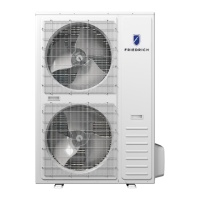
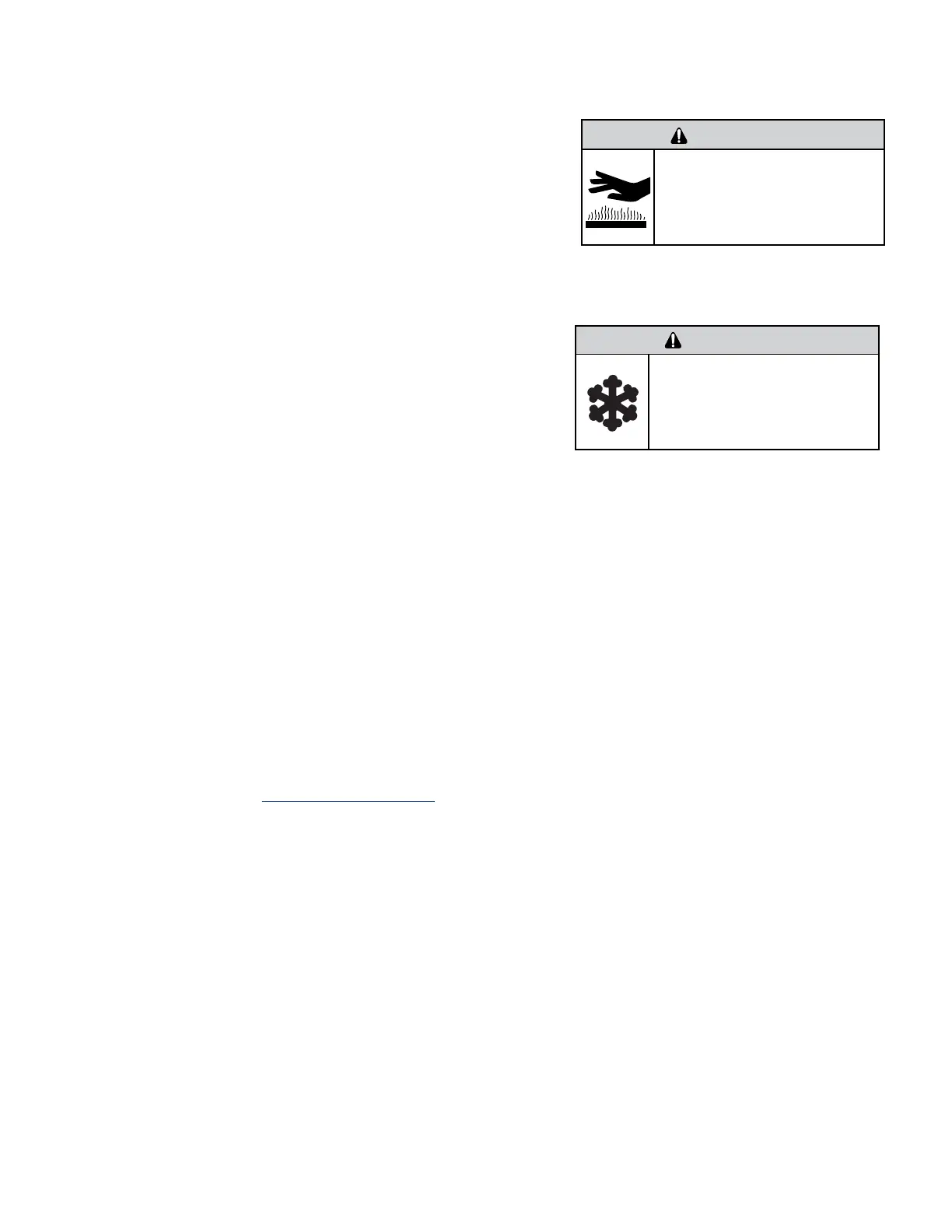